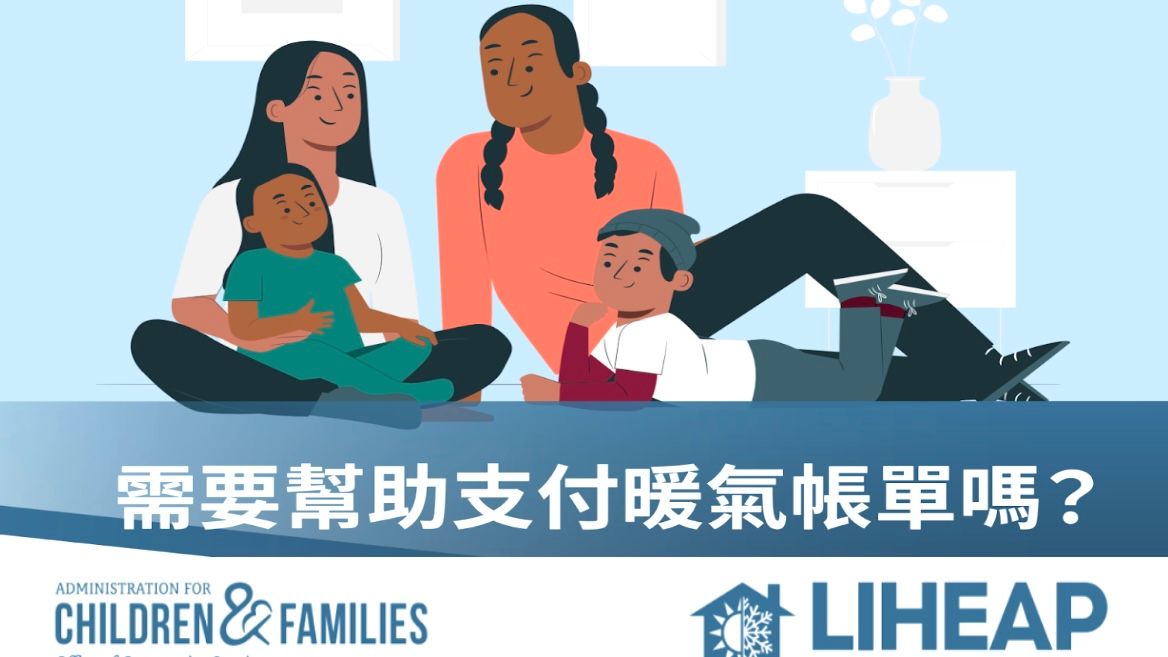NAPCA Column 10: About Medicare and LIHEAP (Low Income Home Energy Assistance Program)

Question 1: I just turned 65. Can I sign up for Medicare?
Answer 1: Yes. Medicare is a health insurance program for people 65 or older. If you have been receiving Social Security benefits for at least 4 months prior to turning 65, you’ll get Medicare automatically. If not, you must actively sign up.
When you first sign up for Medicare during your 7 month-IEP (Initial Enrollment Period), you will have Medicare Part A (hospital/inpatient coverage) and Part B (medical/outpatient coverage), which is known as Original Medicare or Traditional Medicare.
You must pay a monthly premium for Part B and/or Part A (almost all beneficiaries don’t have to pay a Part A monthly premium if they or their spouse have at least 40 Social Security work credits). You still have to pay 20% coinsurance and deductible. If you want to fill this expense gap, you can choose to purchase either Medicare Part C (Medicare Advantage plan) or Medigap (also called Medicare Supplement Insurance).
Lastly, there is Medicare Part D, prescription drug coverage. Part D covers prescription drugs. If you have Original Medicare and want prescription drug coverage, you should purchase a stand-alone drug plan; however, many Medicare Advantage plans include prescription drug coverage.
Question 2: What are Medicare Advantage Plans and Medigap?
Answer 2: If you have Part A and Part B, you can join a Medicare Advantage Plan, sometimes called “Part C” or an “MA plan.” MA plans must offer, at minimum, the same benefits as Original Medicare. Unlike Original Medicare, MA plans can offer additional benefits such as dental or vision coverage and have annual out-of-pocket maximum limits. Many MA plans provide Part D coverage as part of their benefits package.
You have to pay a monthly premium for MA, but some MA plans have $0 monthly premiums. So, you
can save significantly on your health care costs. However, MA plans typically have network restrictions, meaning that you will likely be more limited in your choice of doctors, hospitals, and service areas. Plans may require a referral for specialist visits or prior authorization from your plan. If cost is your prior concern or you live in an urban area, MA plan may be a good option.
Medigap (also called Medicare Supplement Insurance) is a private health insurance policy to fill cost-sharing gaps such as 20% coinsurance in Medicare Parts A & B and only those enrolled in Original Medicare can purchase a Medigap plan.
Medigap offers neither prescription drugs nor additional benefits such as dental or vision. If you want additional coverage, you’ll need to purchase the plan you want to add separately. You will need to pay monthly premiums for Part B and Medigap plan (and if applicable, additional coverage plans), totaling about $400 or more per month.
Original Medicare supported by Medigap (with/without a prescription drug plan) would be a good choice for those who need recurring care for a chronic condition, travel a lot, or live in rural areas.
Question 3: Do you know that you may also be eligible for energy cost assistance?
Answer 3: LIHEAP (Low Income Home Energy Assistance Program) is a federally funded program that helps low-income households to meet their immediate home energy needs. This program provides your household with an annual cash grant to help you pay for your home heating and cooling costs. The grants are paid either directly to you or to your energy company.
To be eligible a household must have an income that does not exceed the greater of 150% of the federal poverty guideline (e.g., $2,555 for a two-person household) or 60% of the state median income level. Enrollment periods may not be year-round, and the open period depends on the state. The application processes and agencies vary depending on the area where you live. Please call us to see if you are eligible.
*National Asian Pacific Center on Aging (NAPCA) is a non-profit organization dedicated to improving the quality of life of AANHPI older adults and their families. It operates a NAPCA Senior Assistance Center for Older Adults and Caregivers and is available in 5 different languages.
*NAPCA’s Note: In this month’s column, we selected general questions about Medicare and other social benefits from the calls and letters we received and would like to share the information. If you have additional questions about Medicare, Medicaid, Affordable Care Act Health Insurance Marketplace, Social Security Retirement Benefit, Supplemental Security Income, Social Benefits for Seniors, or COVID/Flu vaccination, there are 3 ways you can reach us today:
- Call our Senior Assistance Center at: (English) 1-800-336-2722,
- Email: askNAPCA@napca.org,
- Mail: 1511 3rd Avenue, Suite 914, Seattle, WA 98101
- Do empty yellow loading zones best serve the San Francisco Chinatown community?
- T&T Supermarket, largest Asian grocery chain in Canada, announces to open at San Francisco City Center on Geary Blvd. in winter 2026
- (Breaking news: Charlene Wang wins in the Oakland's special election) Charlene Wang runs for Oakland District 2 Councilmember on April 15, 2025 to represent Oakland Chinatown
- Mayor Lurie announces plans to support small businesses including First Year Free program waiving fees for new businesses
- 12 speed safety camera systems out of 33 begin to operate in San Francisco by first issuing warnings instead of citations for 60 days
- Taipei Economic and Cultural Office extends services with opening of its permanent home in San Francisco
- Zu Shun Lei, 90, publishes his comic books to bring joy and laughter into the community
- Prop K opponents sue to stop permanently closing Upper Great Highway for an oceanfront park






